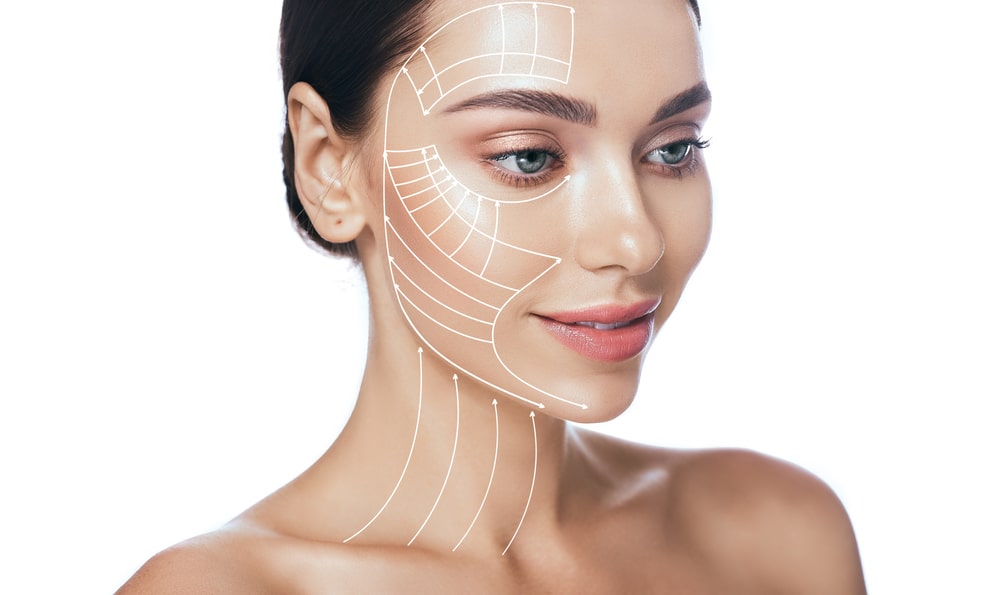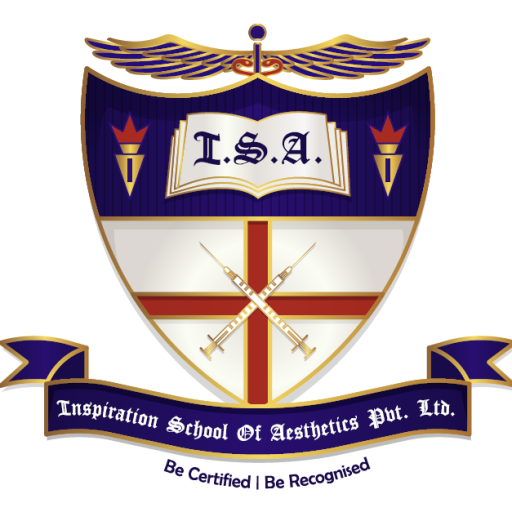
Face- Contouring
- Inspirationaesthetic
- March 9, 2023
Face counting is one amongst most demanded skills in medical aesthetics. It can help to ensure that treatments are administered evenly and that patients are happy with the results. In order to accurately count faces, it is important to understand the anatomy of the face.
Dr Harjot Kaur, at ISA Inspiration School of Aesthetics along with renowned lecturers and Masters to bright up your skills in aesthetics and, will provide you keen knowledge of face contouring
The face is made up of several bones, muscles, and skin. The forehead is made up of the frontal bone, and the temples are made up of the temporal bone. The cheeks are made up of the zygomatic bone, and the chin is made up of the mandible. The muscles of the face are responsible for facial expressions. The skin of the face is thin and delicate, and is susceptible to wrinkles and sun damage.
The landmarks of the face. The eyebrows are located at the beginning of the forehead, and the eyes are located in the middle of the forehead. The nose is located in the middle of the face, and the mouth is located below the nose. The ears are located on the sides of the head, and the hairline is located at the top of the head.
Then the symmetry of the face. The face is symmetrical, meaning that the left and right sides of the face are mirror images of each other. The eyebrows, eyes, nose, and mouth are all located in the same places on both sides of the face. The ears are not always symmetrical, but they are usually close to being symmetrical.
In order to count faces, it is important to understand the proportions of the face. The face is divided into three parts: the upper third, the middle third, and the lower third. The upper third of the face is made up of the forehead and the eyebrows. The middle third of the face is made up of the eyes, the nose, and the mouth. The lower third of the face is made up of the chin and the neck.
The face is divided into four angles: the top angle, the bottom angle, the left angle, and the right angle. The top angle is formed by the hairline and the eyebrows. The bottom angle is formed by the chin and the neck. The left angle is formed by the left side of the face and the nose. The right angle is formed by the right side of the face and the nose.
The features of the face are the eyebrows, the eyes, the nose, the mouth, and the ears. The eyebrows are the thin, hairless skin above the eyes. The eyes are the round, black, or brown organs that allow us to see. The nose is the fleshy, protruding, organ that allows us to smell. The mouth is the opening in the face that allows us to speak and eat. The ears are the small, round, organs that allow us to hear.
While measuring the face, it ought to understand the proportions of the features. The features of the face are divided into three parts: the top part, the middle part, and the bottom part. The top part of the features is made up of the eyebrows and the eyes. The middle part of the features is made up of the nose and the mouth. The bottom part of the features is made up of the chin and the ears.
In order to count faces, it is important to understand the relationships between the features. The features of the face are related to each other in a number of ways. The eyebrows are related to the eyes, the eyes are related to the nose, the nose is related to the mouth, and the mouth is related to the chin. The eyebrows are located above the eyes, the eyes are located in the middle of the face, the nose is located in the middle of the face, and the mouth is located below the nose. The ears are located on the sides of the head, and the hairline is located at the top of the head.





